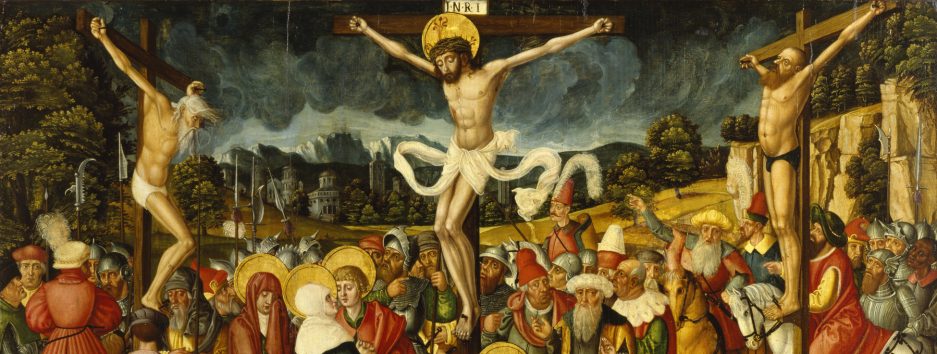
“You’ve got red on you.” This line becomes a running gag throughout the film, Shaun of the Dead (2004). Now we all know someone else with red on him.
The King’s new portrait, a masterpiece of controversy! Painted by the renowned Jonathan Yeo, it’s the talk of the town. Some folks claim it’s practically dripping with satanic symbolism. I mean, just look at it: swathes of red, applied with all the precision of a toddler finger-painting session. And let’s not forget the mirror trick, revealing a figure straight out of a B-grade horror film. How delightful!
Now, about that butterfly near his shoulder. Of course, it could symbolise the King’s transformation from Prince to monarch, but it’s also a monarch butterfly, because subtlety is for peasants, right? And goodness knows, butterflies always come with a dash of ominous undertones, just to keep things interesting.
As for the portrait’s artistic merit, well, let’s just say it’s… unique. Abstract, you might say, in the same way that a potato can be abstractly considered a work of haute cuisine. But who are we to judge? Art is subjective, after all. And boy, does this piece subject me to pure, unadulterated antithesis. In simpler terms, it’s atrocious, but that’s just my humble, oh-so-refined opinion.
Undoubtedly, artworks are crafted with the intention of stirring emotions, and this specific piece has achieved that with exceptional force. This portrait does, in fact, align with Wilde’s notion that all art is useless, it transcends mere inefficacy – it plummets into the depths of utter meaninglessness. Moreover, the artist has achieved precisely what Wilde meant. After all, that’s what I’m doing here, expressing the emotions it has evoked in me.
Oscar Wilde’s statement that “all art is useless” is often misunderstood if taken at face value. What Wilde meant was not that art lacks value or purpose, but rather that its value lies in its ability to transcend practicality and serve higher, more profound purposes beyond mere utility.
Wilde believed that art’s primary function is to evoke emotion, provoke thought, and stimulate the imagination. It exists for its own sake, not necessarily to fulfil a practical need or serve a utilitarian purpose. In this sense, art serves to enrich the human experience, offering beauty, insight, and meaning in a world often dominated by the mundane and the practical. There’s not much enrichment in the portrait I’m writing about, though.
Wilde was a proponent of the idea that art should be appreciated for its aesthetic qualities and its ability to inspire rather than for any practical benefits it might provide. So, when he called art “useless,” he was emphasising its independence from utility and its capacity to elevate and enlighten the human spirit. Elevate and enlighten? I wouldn’t have gotten so far as to seriously state that regarding this particular portrait. It has indeed evoked the emotions, but not in a positive sense. And that’s my subjective opinion.
God save the King
Image Credit: Royal Uk http://bit.ly/4bFreUG
